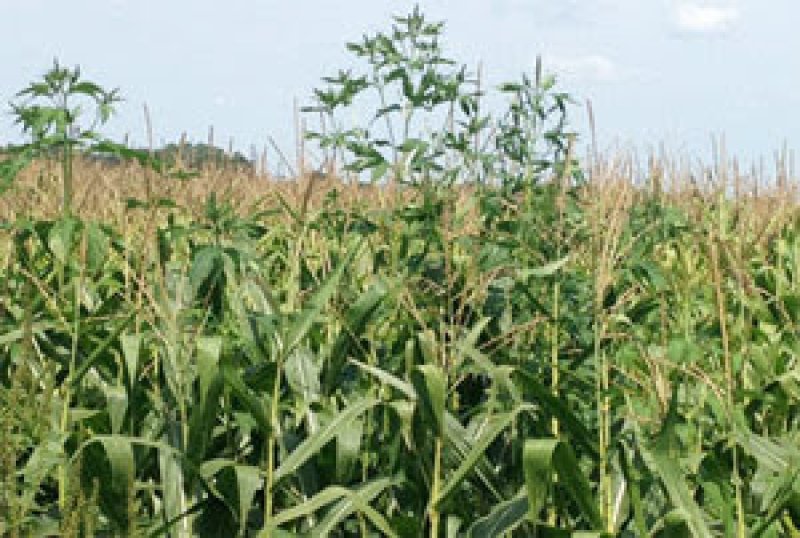Donnelle Eller’s eye-opening article on glyphosate-resistant Superweeds details a real threat to Iowa agriculture and raises important questions about responsibility and the way forward.
Anyone who thought about it predicted what widespread and unrestrained planting of herbicide-resistant seeds and the increased use of glysophate would yield — selecting for tougher, more resistant weeds, difficult if not impossible to control. Exactly what we have today and what every scientist quoted knew and said would happen.
The sad truth is, in less than 20 years we took a powerful and elegant scientific advance — plant biotechnology — and through hubris and greed frittered away some of its potential. In the process, we created a more threatening weed problem farmers must confront or risk economic disaster.
But not to fear, industry has a new solution — if you call it that: Take an older, harsher weed killer, 2,4-D, and breed resistance to it into seeds so more can be applied, enough to kill those pesky Superweeds. Meaning we are going to start over with the same approach, asking farmers to pay more for the privilege.
How long do you think it will be before today’s Superweeds evolve to resist this “technology”?
Read the full, original article: Don’t repeat mistakes that led to Superweeds































